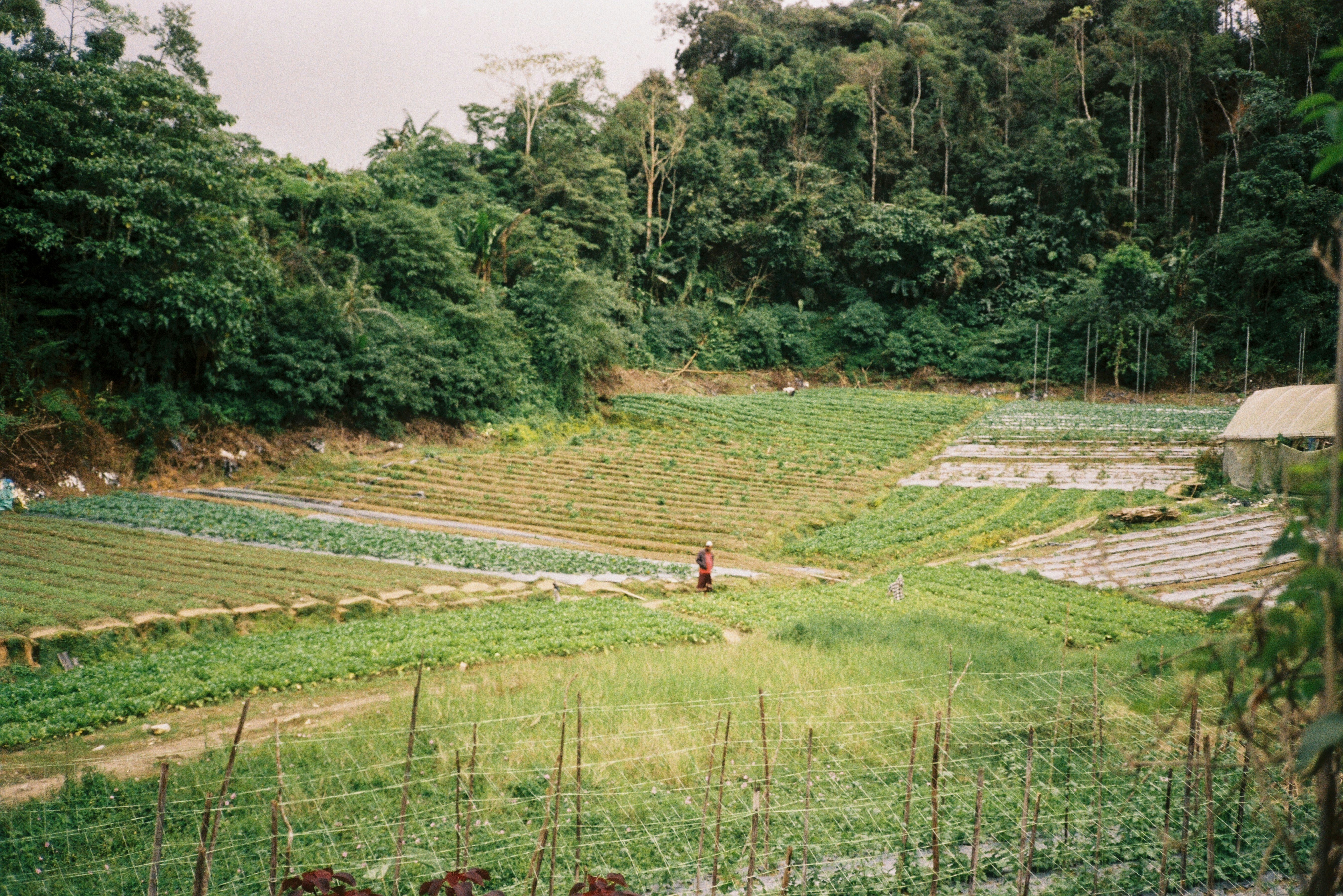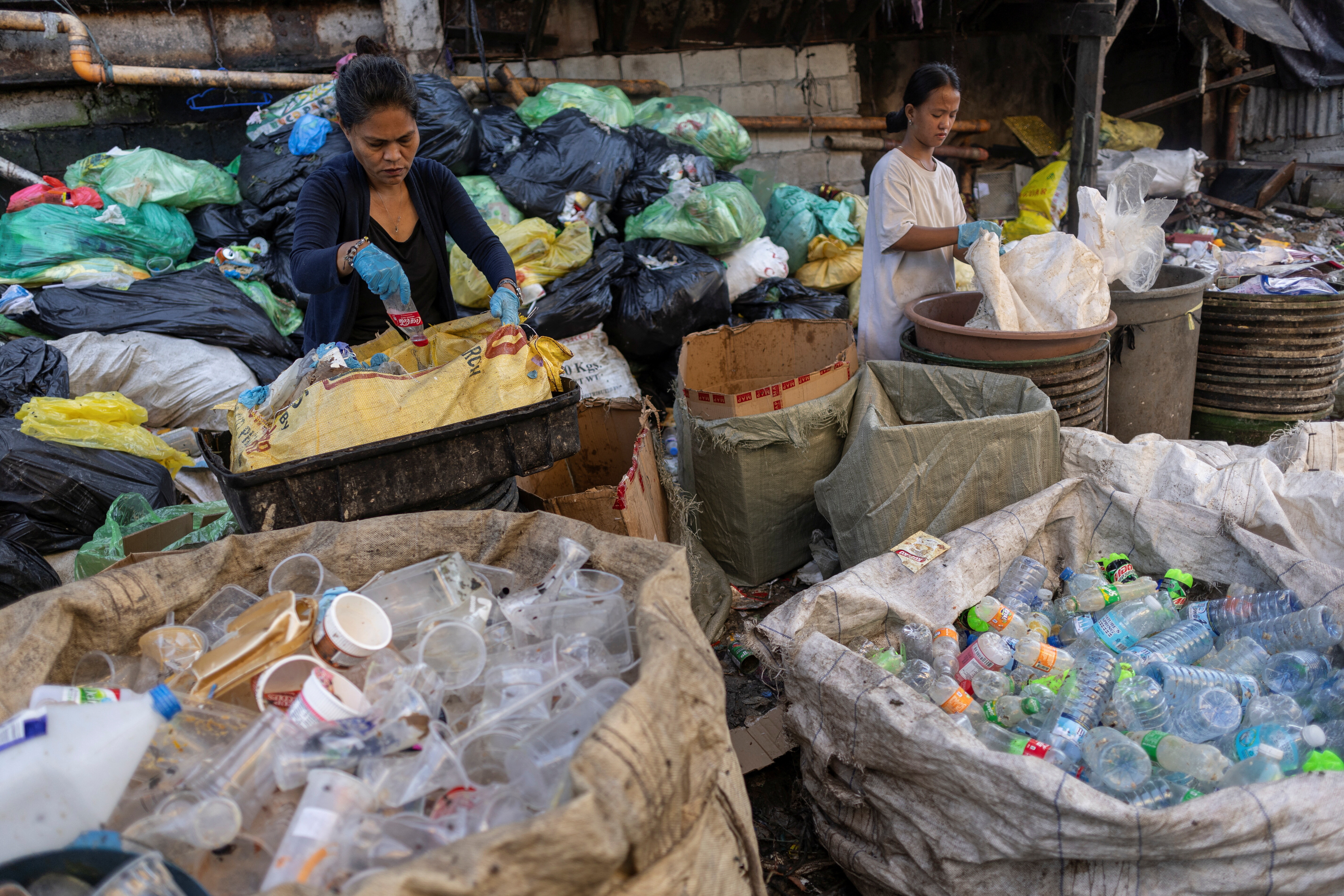Why a digital India needs to embrace the circular economy

The circular economy could give India annual benefits of $624 billion by 2050, according to recent reports. Image: REUTERS/Tyrone Siu
The latest Global E-Waste Monitor places India as one of the highest contributors to global e-waste, generating over 2 million metric tonnes in 2016. Posing serious health and environmental risks, growing e-waste represents the hidden cost of increasingly digital lives in an information society.
With just 33 per cent of the population owning a smart phone, India already has the second largest number of smart phone users in the world, nearly 4 times that of the United States. The amount of e-waste generated will exponentially increase in the coming decade as the cost of consumer electronics decline, middle-class incomes rise, and the frequency at which devices are discarded increases.
As governance instruments are increasingly digitized and industry re-repositions itself to leverage Industry 4.0 solutions, the generation of e-waste will become a byproduct of institutional choices rather than consumer consumption and behaviour alone.
India is already a leader in the management and recycling of e-waste. But over 90 per cent is managed in the unorganized sector by small businesses and individual entrepreneurs, typically from low-income marginalized communities, and often women. E-waste contains various toxic substances such as mercury and lead, prolonged exposure to which can lead to major health problems.
Almost 80 per cent of e-waste workers in India suffer from respiratory ailments due to improper standards and nearly 500,000 children are engaged in e-waste collection without adequate protection and safeguards. The bulk of the dirty and dangerous work supporting India's march towards an increasingly digital society is done by those who have the least access to technology gains. Government regulations for the management of e-waste, on the other hand, are becoming more relaxed, presumably as a result of industry pressure. To streamline e-waste management, the government notified Electronic Waste Rules in 2011, based on the concept of extended producer responsibility (EPR).

EPR makes manufacturers of electronic products responsible for the end-of-life management of their products, including setting up collection centres. By shifting the burden to manufacturers, the EPR framework, in theory, creates incentives for more environmentally friendly design. But the impact of EPR rules on manufacturers has been minimal, at best. The recently released Draft Notification (2017) by the Ministry of Environment, Forest and Climate Change further relaxes the EPR rule by reducing the e-waste collection targets for industries.
While the efficiency and productivity gains of Digital India are to be welcomed, growing e-waste should draw attention to the broader sustainability of a digital society. Data centres, for example, are one the largest contributors to global warming, contributing a similar amount to global greenhouse emissions as the aviation industry.
This amount is expected to triple in the next decade. In many ways, the sustainability challenge is a ‘wicked problem’ – where possible solutions create a new set of additional challenges and the choice between available alternatives is largely about competing values.
For example, data centres powered by renewable sources of energy such as solar provide a greener alternative, but will also create new forms of e-waste in the form of photovoltaic cells and panels. An unverified estimate suggests that India’s projected solar capacity of 100 gigawatts by 2022 will create 7.76 million tonnes of e-waste. Without adequate and preemptive consideration of how this waste should be disposed and recycled, renewable energy solutions can create new negative externalities.
For Digital India to be sustainable, we need to develop anticipatory knowledge for preemptive solutions. It is an opportune moment to think of the broader architecture of a digital society, one that avoids getting locked into unsustainable models of production and consumption, as is the case with many industrialized economies.
The argument that such considerations are premature for India, given high levels of poverty and unemployment, are misplaced. Enquiries into the sustainability of Digital India are no less urgent than the need for sustained job-creating economic growth. These issues should not be addressed in a sequential or linear manner, but in parallel, or else we will be only partially aware of available choices and their consequences, creating new forms of technological and economic lock-ins.
The value-based choice demanded by the 'wicked problem' at hand is one that embraces the idea of a circular economy — one that departs from the linear economic growth model predicated on 'take, make, dispose' to embrace a growth model based on creating closed loops of production, consumption and re-use. A circular economy model is built on the idea of designing out waste and pollution; keeping products and materials in use; and regenerating natural systems. In many ways, India is already a leader in the circular economy.
Alongside, the management of e-waste and other forms of recycling, high levels of repair and reuse are distinctly observable. A number of reports note that the informal waste management sector in India works better than systems in many industrialized economies.
A circular economy vision for Digital India would include organizing informal waste management systems, including safety and social protection initiatives for workers; revising and tightening existent e-waste rules for increased accountability by manufacturers both in terms of durable design and responsible disposal; green data centres; and building future smart cities with a view towards energy and water efficiency, among others.
A recent report by the Ellen McArthur Foundation and the World Economic Forum also estimates that a circular economy path to development could bring India annual benefits of $624 billion by 2050. Greenhouse gas emissions could also be 44 per cent lower in 2050, compared with current development path.
Unsurprisingly, Nordic countries are leading the way in promoting the idea of a circular economy. Sweden recently announced tax breaks for repair related activities and Finland hosted the first global conference on the circular economy earlier this year. The circular economy provides an opportunity for India to capitalize and leverage an already existing culture of circular activities, and promote it as a policy agenda that will create new forms of employment while facilitating sustainable environmental management.
Don't miss any update on this topic
Create a free account and access your personalized content collection with our latest publications and analyses.
License and Republishing
World Economic Forum articles may be republished in accordance with the Creative Commons Attribution-NonCommercial-NoDerivatives 4.0 International Public License, and in accordance with our Terms of Use.
The views expressed in this article are those of the author alone and not the World Economic Forum.
Stay up to date:
The Digital Economy
Related topics:
Forum Stories newsletter
Bringing you weekly curated insights and analysis on the global issues that matter.
More on Circular EconomySee all
Felipe Basso
November 13, 2025







